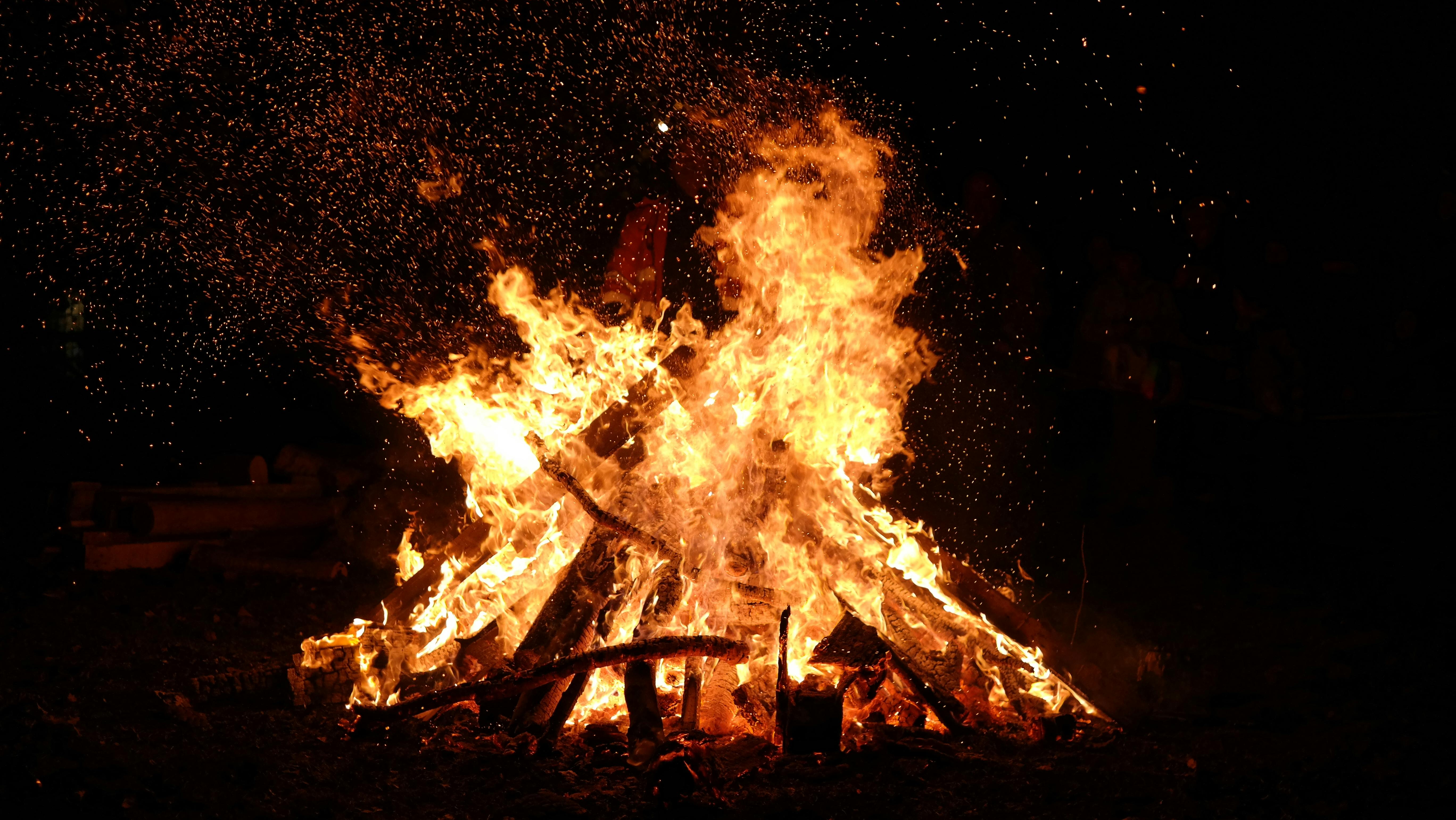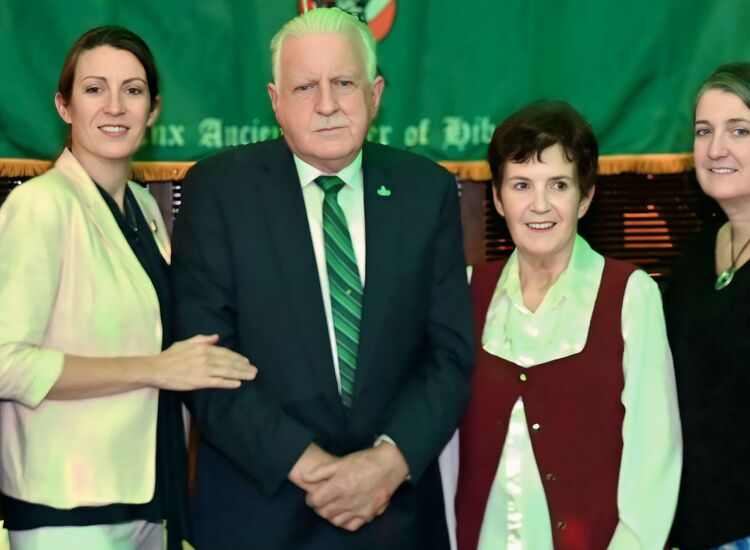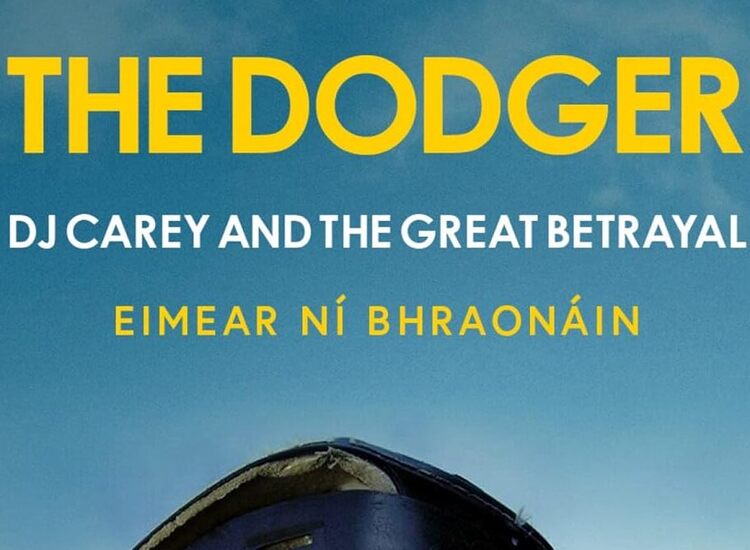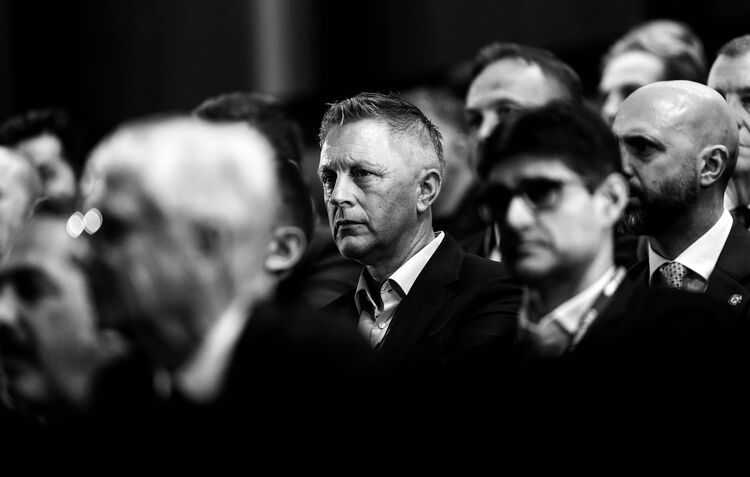You may know of the connection between Halloween and Samhain (pronounced "SOW-en"), the 2,000-year-old Irish festival marking the end of the Fall harvest and the start of Winter—when, it was thought, the veil between this world and the next grew thin, and fairies, goblins, and spirits of the dead walked the land. But you may not realize how integral Cork and Kerry were to Samhain in Ireland—and how vital its spirit is in the Southwest to this day.
It’s not hard to discern the origins of Halloween’s jack-o-lanterns, costumes, and trick or treat in Samhain’s pagan festivities. “People lit huge bonfires and wore ugly masks and disguises to ward off the often mischievous roving spirits and trick them into thinking they were one of them,” says Dr. Jenny Butler, a lecturer in the Study of Religions at University College Cork. With the final harvest placed in storage for the dark days ahead, there was always a chance apples left unpicked could be spit on and rendered inedible by a fairy known as the Púca.
If an invisible dead person happened to walk by during Samhain, people also knew what not to do. Butler explains: “The ancients wouldn’t use pins or sharp objects in the belief they could prick a dead person or a fairy unintentionally. If someone cleaned the kitchen and wanted to throw water outside, they were to shout out a warning so any passing spirits could get out of the way.” Butler says that while the idea of otherworldly people—human or fairy—roaming about might scare us now, history suggests it didn’t really trouble the ancients. Many of the festival’s rituals honored, and even welcomed, the departed. “People would leave their doors unlocked and set a place called a ‘dumb supper’ for the dead relatives.”
Eighth century Christianity absorbed Samhain’s practice of honoring the dead into the All Hallows’ Eve vigil on Oct. 31 and All Saints’ Day on Nov. 1. On Nov. 2, All Souls’ Day, the poor would go "souling"—visiting houses and receiving soul cakes (sweet bread) in exchange for prayers for the dead. Irish emigrants carried those traditions to late 19th century America, where a secular Halloween evolved—elements of which crossed the Atlantic to Ireland in the late 20th Century.
Yet the spirit of traditional Samhain endures—in Ireland’s Southwest perhaps more than anywhere else in the country. The reasons are many, says archeologist and folklorist Billy Mag Fhloinn. The landscape of West Kerry, where he now lives, is transfixing: “The mountains, the sea, the totality of it: it's much more spectacular than anything I grew up with,” he says, referencing his County Limerick childhood. But it’s not just the beauty; it’s the drama. Remote, jagged coastlines. Peninsulas whose cliffs cleave the Atlantic. Rugged peaks. Light playing with shadows. Mist and rain—lots of it.
For the ancients, dramatic geography and rapidly changing climate put sheer survival at risk. Ocean storms caused shipwrecks, and capricious weather made harvests unpredictable, while isolation only heightened the danger. An awareness of mortality spawned supernatural explanations—folklore, fairy legends—kept alive through the oral traditions of tight-knit communities. As Mag Fhloinn describes it, “Countless generations before us encoded the landscape with successive layers of story and depth and meaning.”
Situated at the permeable border of present and future, Samhain is often described as a “crack in time.” Like Ireland’s Southwest, where one can exist in the present surrounded by thousands of prehistoric sites like stone circles and ring forts, Samhain is a “liminal” threshold: an in-between space belonging to no constant temporal or physical plane. These are just a few of the ways the Southwest and the spirit of Samhain reinforce each other.
For Mag Fhloinn, an added attraction is that parts of both Cork and Kerry lie within the Gaeltacht—regions where Irish remains the primary spoken language. “Irish place names are still understood, and the names of fields and names of rocks in fields—people still know them.”
Deborah Schull is an award-winning Cultural Tourism consultant, travel writer, and founder of Cultural Roadmapp, an Irish company creating authentic audio guides to culture and heritage along the Wild Atlantic Way driving route. Available in the App Store and Google Play, “Road Trip: Ireland - Clare” has earned 8 major awards and nominations. “Cork & Kerry” will launch on St Patrick’s Day 2026.








